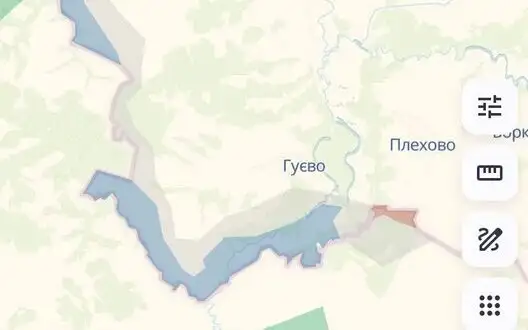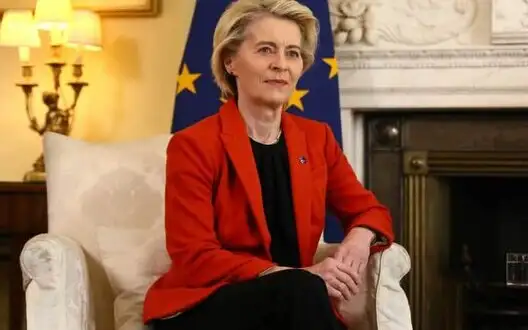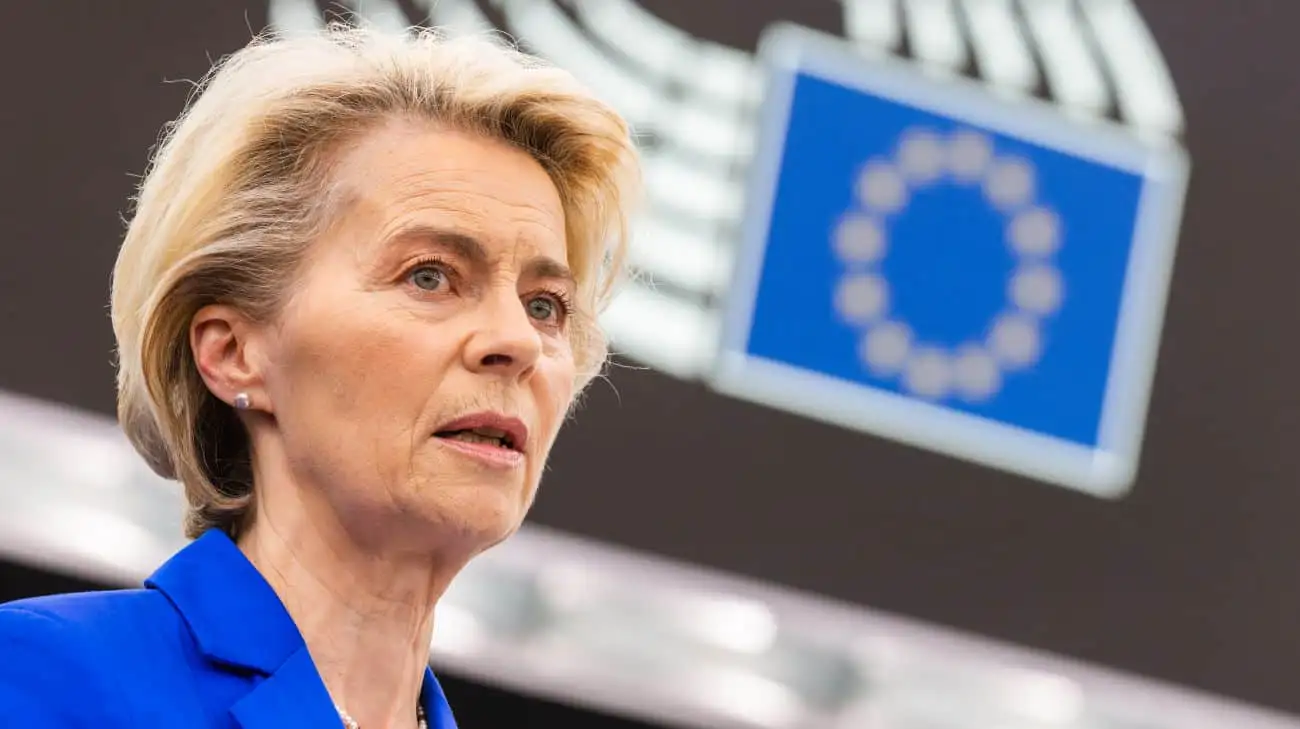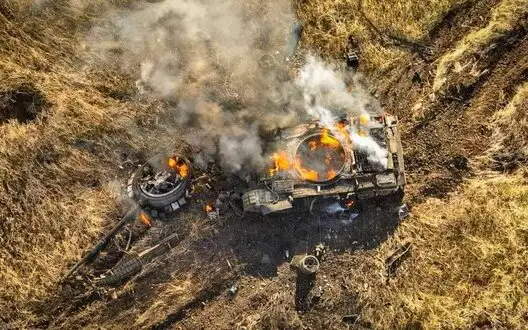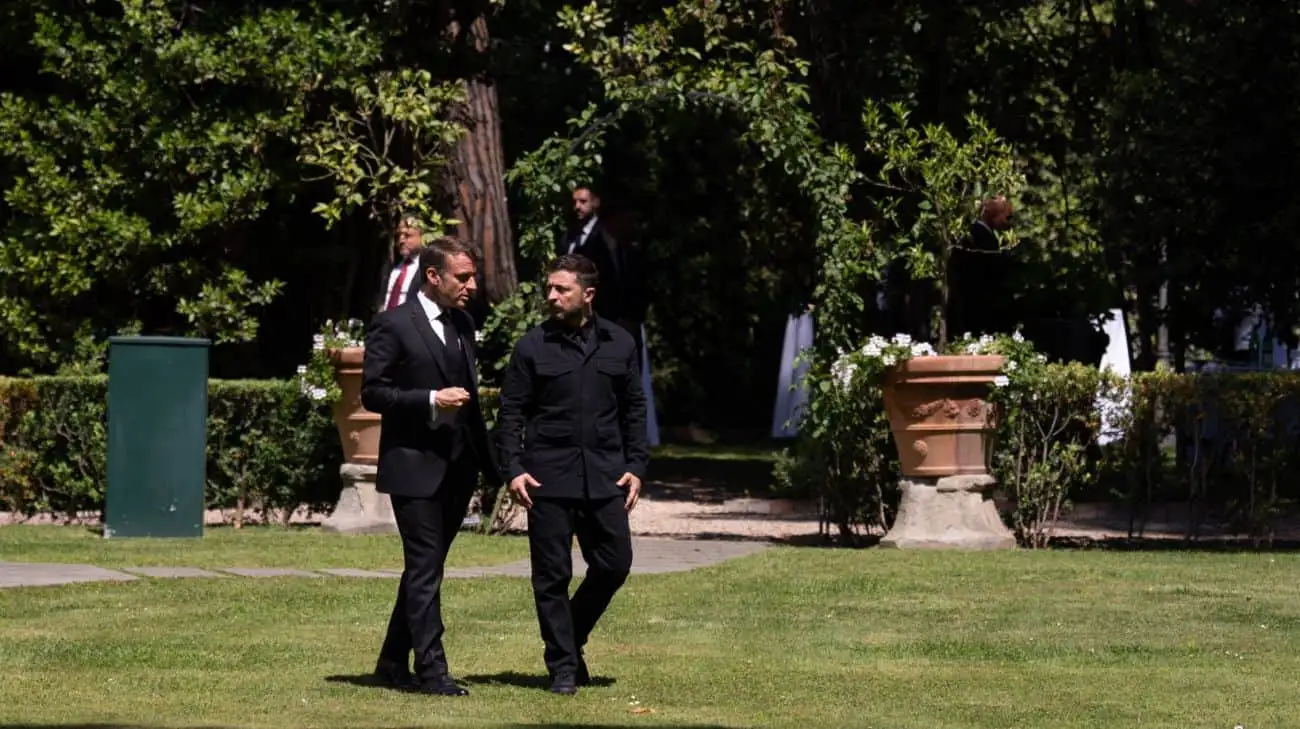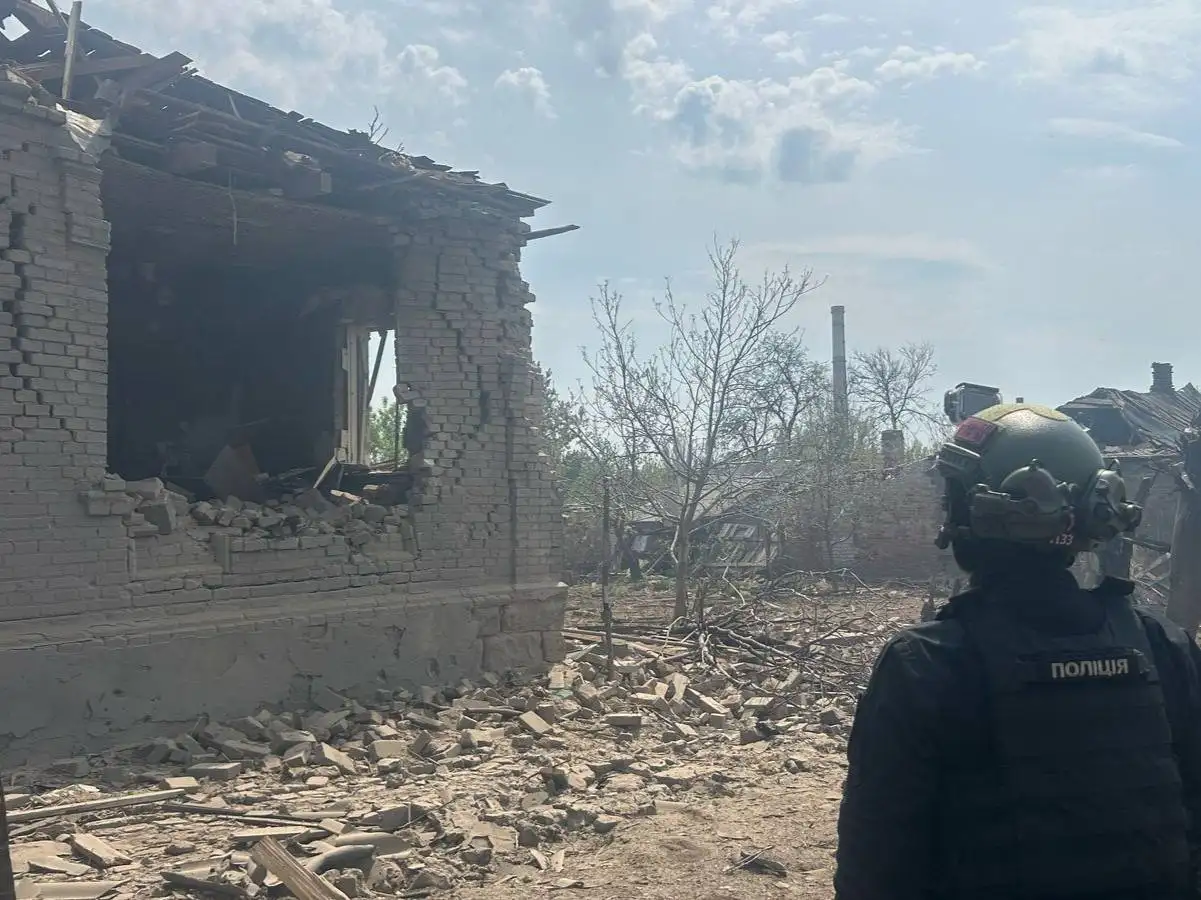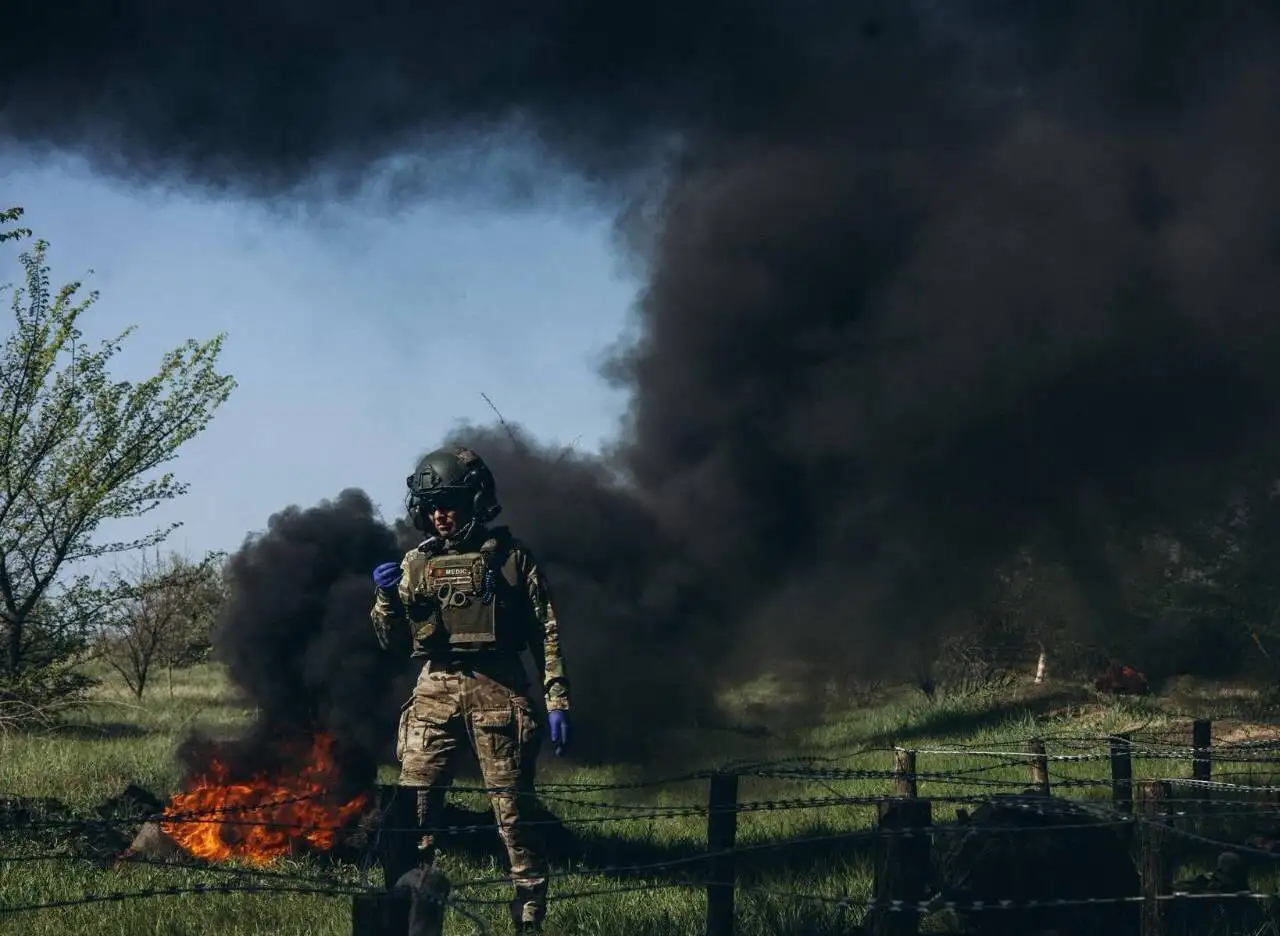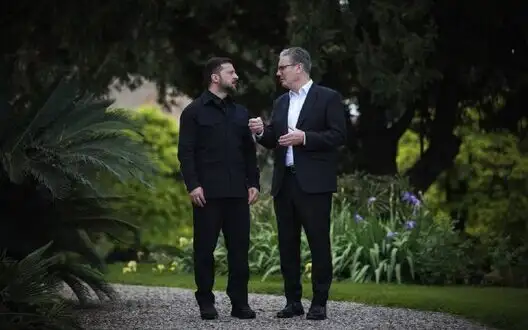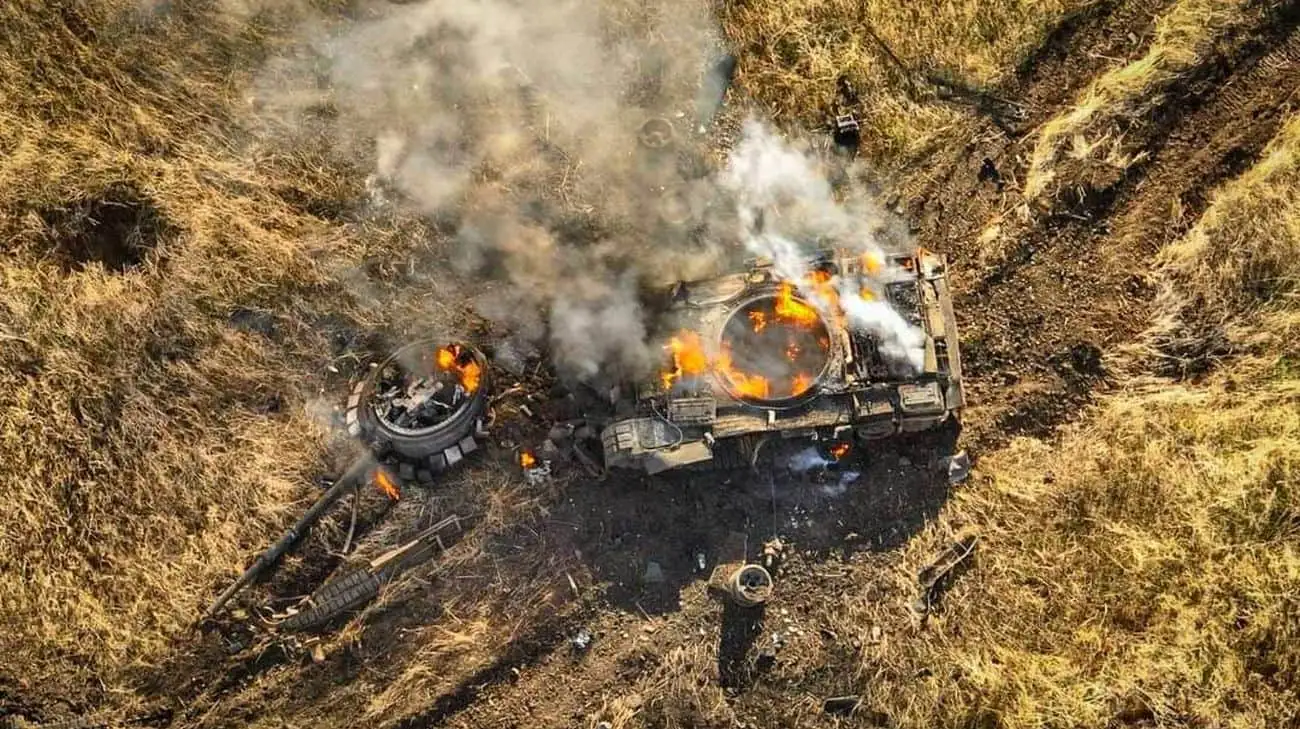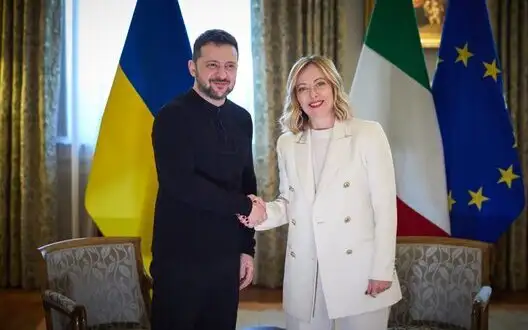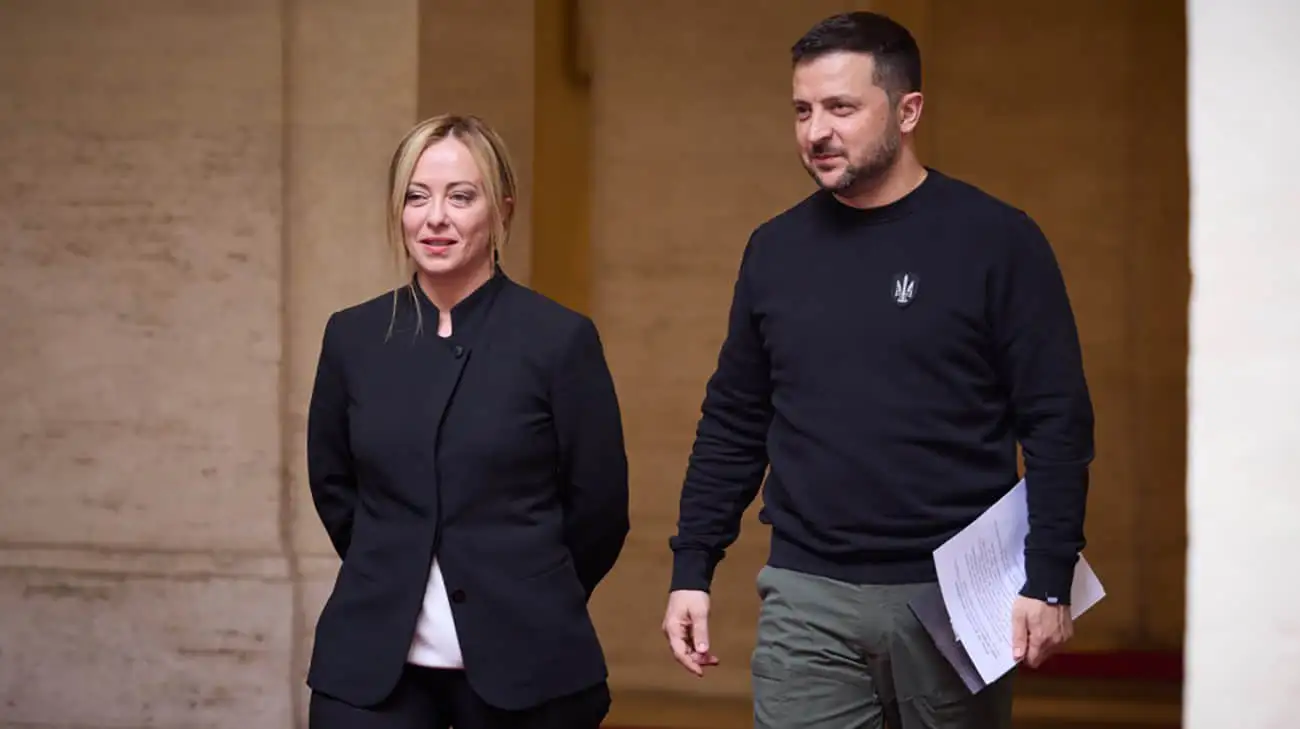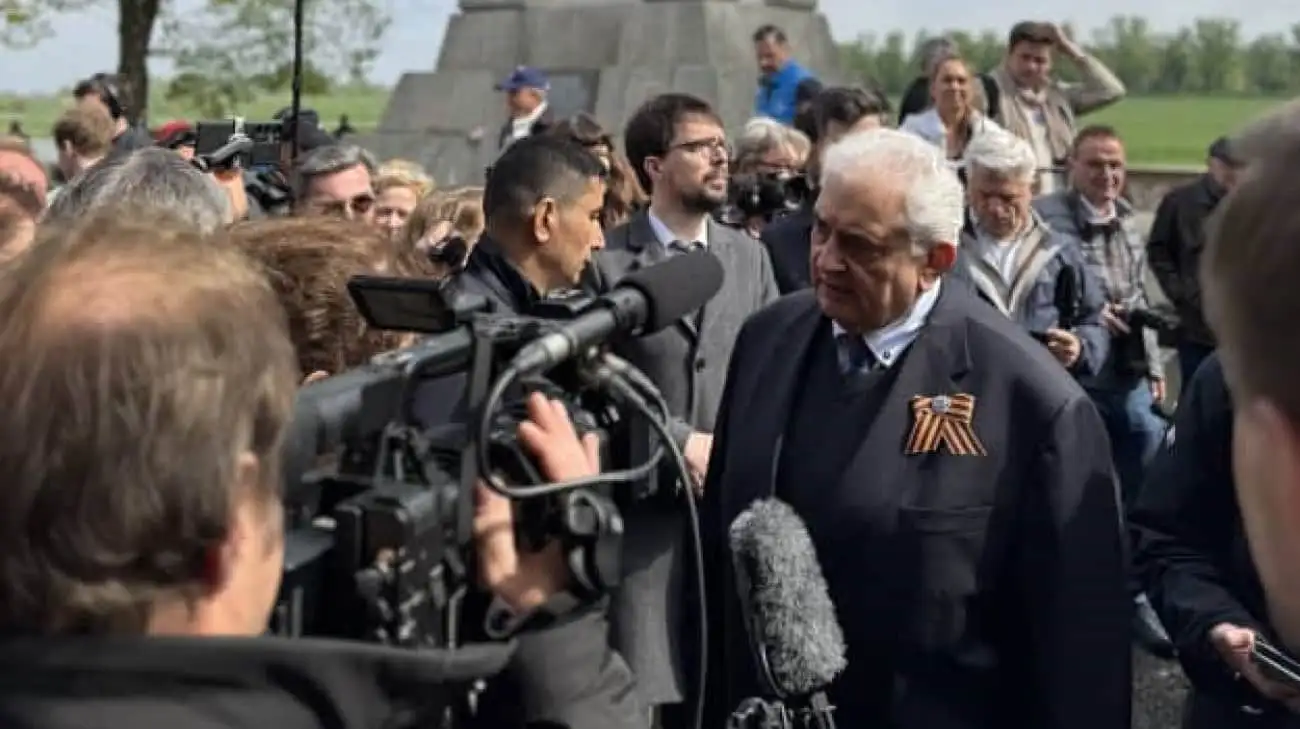Chornobyl Anniversary: Moscow's nuclear terror, 39 years later
www.pravda.com.ua
Sat, 26 Apr 2025 13:20:00 +0300
39 years of Chornobyl.
A disaster that is still impossible to recover from.
Back in 1986, as young nuclear campaigners, we could not have imagined that Chornobyl would occupy one of the central places in our professional history for decades.
We remember the horror that accompanied us when we watched the footage of the accident.
And we felt this horror again in July 2022, when, at the invitation of the Ukrainian government, we studied the consequences of the Russian occupation of the plant.
The same emotions drive us when we think about a new potential crime of the Russians the restart of the Zaporizhzhia Nuclear Power Plant.
The main conclusion I have drawn over these 39 years is that nuclear power is not just an energy source it has enormous political power and vast potential to cause great damage to society. Today, as we pay our respect to the workers and citizens of Ukraine who battled with the Chornobyl disaster in 1986, we are at a critical moment in Ukraine and European history.
Russia for more than three years has conducted a form of nuclear terror against Ukraine and Europe.
Russian war crimes and punishment should be center stage of the current international debate.
Instead, as with Moscows responsibility for the Chornobyl disaster in April 1986, Russian war crimes in Ukraine go largely unpunished and the EU continues its nuclear trade with Russia.
Consequently, the world should not be surprised when those crimes continue to escalate. Central to Russias use of Ukrainian nuclear plants as instruments of war has been Rosatom, the Russian state nuclear corporation.
And please, ignore the term corporation and concentrate on state Rosatom is the Russian state.
Greenpeace knows full well having campaigned in Russia and abroad since the 1990s against its nuclear operations, including nuclear waste dumping in the and its efforts to export exports.
The vast Rosatom empire of hundreds of enterprises provide the Russian defense industry with militaryapplicable armaments nuclear and nonnuclear, components, and advanced technologies to further Russias war against Ukraine.
Rosatom also dominates the international nuclear power export market with 20 reactors under construction in seven countries not including Russia.
Their influence and lobbying extends globally, from affecting EU nuclear policy taxonomy, to blocking sanctions via their partners in Hungary and France, to securing long term influence and leverage over energy and foreign policy in all the markets they operate.
Inevitably, in prewar planning against Ukraines nuclear plants, their vulnerabilities, including Chornobyl, where to attack and occupy them, all relevant agencies of the Russian security state, including Rosatoms leadership, will have been involved.
Sergey Kiriyenko, the First Deputy Head of the Presidential Administration, headed Rosatom until 2016, current chairman of Rosatom Supervisory Board and former Prime Minister and considered the engineer of annexation of occupied Ukraine.
The planned Russian attack on Ukraines nuclear infrastructure went far beyond its traditional planning for acts of sabotage they were to be used as tactical and strategic assets, as well as tools in Russian psychological warfare, and all central to the Kremlins war fighting and efforts to secure its war aims.
And Rosatom was at the center of operations.
As reported by Serhei Plokhy in his latest book on Chornobyl, Russian military forces in planning for its attack on Chornobyl used the Kursk nuclear plant plant in Russia, owned and operated by Rosatom.
On the same day as the occupation of Chornobyl, Rosatom officials were deployed.
Similarly, within days of the attack and occupation of the Zaporizhzhia nuclear plant, Rosatom technicians from Russian nuclear plants were at the site.
At the time the United Nations UnderSecretaryGeneral for Political and Peacebuilding Affairs, referring to the devastating 1986 Chornobyl disaster, described the Russian assault as unacceptable, highly irresponsible, and counter to article 56 of Additional Protocol I to the Geneva Conventions.
Today, in the 39th anniversary of Chorbobyl disaster, as one year ago, Greenpeace warned about the potential repeat of the catastrophe but at occupied Zaporizhzhia NPP Russians has a plan for the illegal restart of the Zaporizhzhia nuclear plant For Putin, restart of Zaporizhzhia nuclear plant under Russian control is and remains a priority and as a consequence, unless stopped, the nuclear crisis is only set to become far more dangerous during the coming months.
Priority issues of concern including inadequate cooling water supply following Russian armed forces destruction of the Kakhovka hydro plant, minimal and vulnerable offsite electrical power supply due to frequency of Russian targeting of power lines, and degradation of key structures and components due to more than three years of Russian occupation. Despite this, the IAEA Secretariat under the leadership of Director General Rafael Grossi has chosen to actively work with the criminal Rosatom organization in overseeing its plans for restarting the reactors, which will include attempts to connect the plant to the Russian electrical grid in Rostov.
Grossi has already signalled a willingness to work with the Russian occupiers, even to the extent of praising their operations In terms of the safety of the plant and the general situation at the plant, I have to say that it is professionally controlled and managed by Russia. Grossi has crossed a line by his actions and words.
The IAEA is not mandated to actively work with an occupying power which has illegally stolen a nuclear plant from a sovereign nation.
With his commitment to work with Rosatom, Grossi is in contravention of multiple resolutions of the IAEA Board of Governors and UN General Assembly which require the IAEA to respect the territorial integrity of Ukraine.
A case can be made that Grossi by his words and actions has already violated the IAEAs commitment to the Purposes and Principles of the UN Charter as agreed by UN Secretary General Dag Hammarskjold and the first Director General of the IAEA Sterling Cole in August 1959.
The latest rotation of IAEA inspectors at the Zaporizhzhia nuclear plant via Russia and through temporarily occupied Ukraine being the most recent egregious example.
If the IAEA cannot be trusted to comply with international law then it is not part of the solution but part of the problem.
On this Chornobyl anniversary when the bravery and sacrifice of the workers and people of Ukraine are honored and remembered it is important to not forget the history of the Soviet nuclear program and the warnings that were dismissed by Moscow.
For decades, the safety design flaws in the RBMK reactor Chornobyltype were ignored by the Kremlin so to disregarded were the warnings of Boris Paton, academician of the Ukrainian Academy of Science, who called for no construction of the reactors so close to the Dnipro river system.
The warnings of today are as urgent and as valid and must not be ignored they warn against the impending threat of gifting the Zaporizhzhia nuclear plant to permanent Russian control and the prospects of Rosatom, aided and abetted by the IAEA, restarting the reactors.
After years of Russian nuclear blackmail, human rights abuses and multiple violations of international law, Ukraines allies must not reward Russian war crimes but must instead apply and enforce comprehensive and crippling economic sanctions against Rosatom and to secure the deoccupation of the Zaporizhzhia nuclear plant from Russian armed forces and Rosatom and its return to Ukraine.
Shaun Burnie, senior nuclear specialist, Greenpeace Ukraine and Jan Vande Putte, senior nuclear specialist, Greenpeace Ukraine Additional Info The Greenpeace ship, Rainbow Warrior has just completed its voyage around the Marshall Islands, in which a team of radiation specialists and independent scientists conducted a radiation survey and took various samples to measure the impact of decades of US nuclear weapons testing.
The Greenpeace work in the Marshall Islands is being assisted by scientists in Ukraine who are experts on radiation issues and who have worked on Chornobyl for many years.
A full report of research findings in the Marshall Islands is planned for release in 2026.

